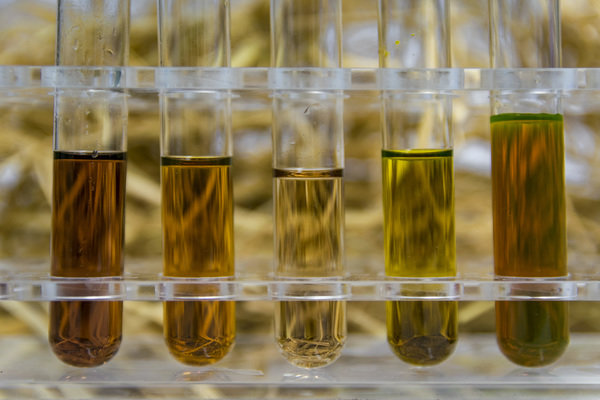
New Solvents for Green Processes
The role of solvents in chemical transformations was appreciated since the ancient times by one of the most famous philosophers in Greece, Aristoteles, who observed the conversion of one material into another and summarized these observations by concluding “No Coopora nisi Fluida”, i.e. “No reaction occurs in the absence of solvent”. In a way, this shaped chemical science as we know it, and most of all consumed chemicals are used as solvents for different purposes. On the other hand, intermolecular interactions in solutions drastically alter the energy state of molecules and consequently often direct the path of their transformation within the solvent. Thus the choice of solvent is a very important step in reaction engineering.
In the coming research I would like to shift this paradigm and reveal an alternative approach for conducting the reactions beyond the traditional solvents system. This new approach is based on the ability of particular compounds to form eutectic mixtures with a drastic depletion of melting temperature often resulted in liquefaction at relatively low temperatures (below 100 °C or room temperature.
Deep eutectic solvents, advantaged by their ionic nature, easy preparation procedure and tailorable physical properties, are common, but usually chosen to be inert and serve exclusively as media for chemical transformations. Meanwhile in nature, where eutectic media are quite ubiquitous, their role is not restricted being a solvent, but they also participate in chemical transformations in cells. Inspired by the natural master-pattern, we design eutectic media where reagents and products of the reaction will participate in formation of the liquid state, avoiding utilization of the solvents in a traditional sense. Utilizing compounds participating in the reaction to form a liquid phase and to turn the reaction in this liquid bulk instead diluted by inert solvents brings atom economy to the highest level, besides satisfying the solvent saving and energy efficiency principle of green chemistry.
This approach is especially promising for processing of the biopolymers, particularly components of lignocellulose biomass, due to the higher reactivity of the eutectic medium caused by its ionic character. Transformations within this new truly more green eutectic media are expected to be achieved at lower temperatures and with higher efficiency and result in new compounds.

